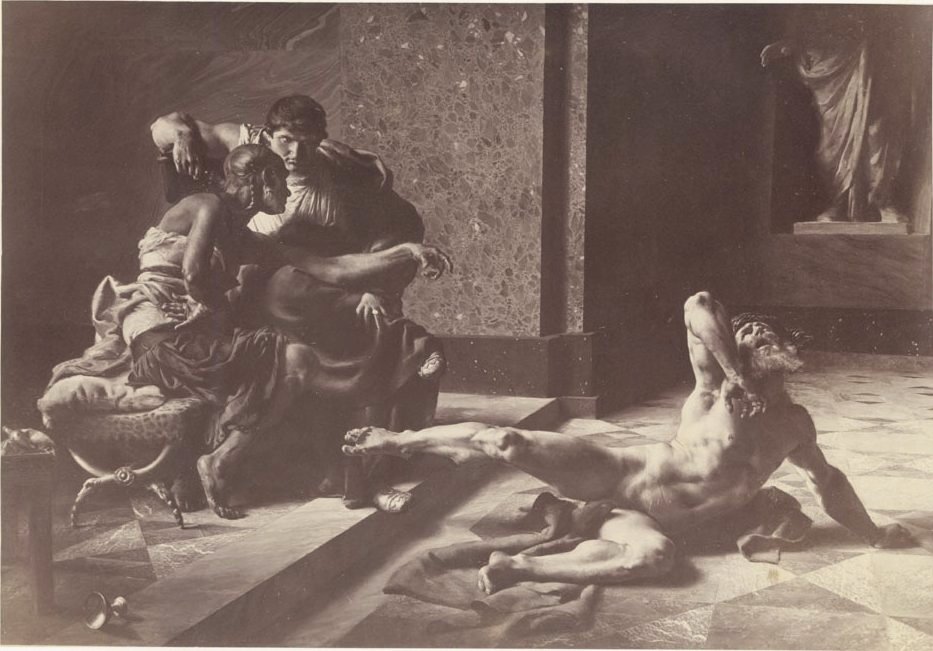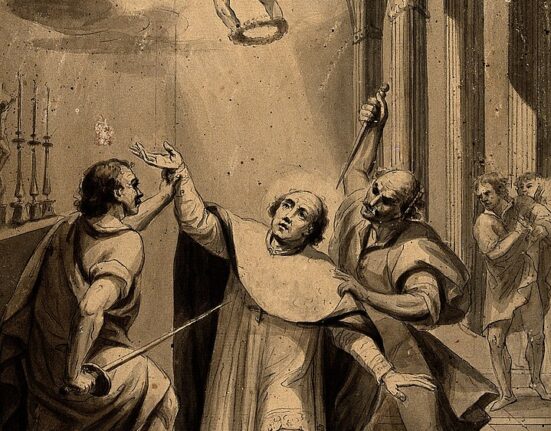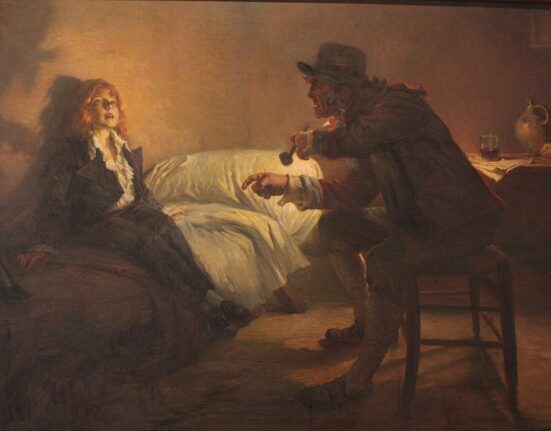History is often a matter of storytelling. Though we try to remain objective, it is inevitable that heroes and villains begin to form in our minds as we follow the long and tangled thread of human civilization. Of these storied villains, few rank as high in infamy as the maligned Roman emperor Nero Claudius Caesar Augustus Germanicus, remembered simply as Nero. Detested for a number of crimes against his people, many of which are unsubstantiated and considered to be more legend than fact, it is at least true that Nero’s reign was largely characterized by brutality. Much of this brutality was targeted at Christians whom Nero persecuted mercilessly. However, some of Nero’s most sinister actions were directed at his own family and involved a number of assassination conspiracies. His accomplice is thought to have been a mysterious “sorceress” named Locusta. (1)
More Strange History to Read: The Dog Who Became a Saint
The Witch and the Empress
Locusta was a woman from Gaul (modern day France) who, by 54 A.D., had already developed a reputation for her knowledge of poisons. Using her knowledge of herbs and botany, Locusta was capable of creating deadly concoctions on demand for the Roman elite to clandestinely dispatch their enemies. Her nefarious business had already landed her in prison when she came under the employment of Agrippina the Younger. Agrippina was the sister of the infamous emperor, Caligula, and the wife of the emperor, Claudius. (2)
When Agrippina married Claudius, she already had one son, the boy who would become Emperor Nero. Claudius also had a younger son named Brittanicus. Agrippina was close with her son and was determined to see him ascend to the throne with herself as his closest confidant and advisor. Eventually, she convinced her husband to name his stepson as his heir instead of Britannicus. After doing so, it seems, Agrippina grew tired of waiting for Nero to claim the throne through natural means.
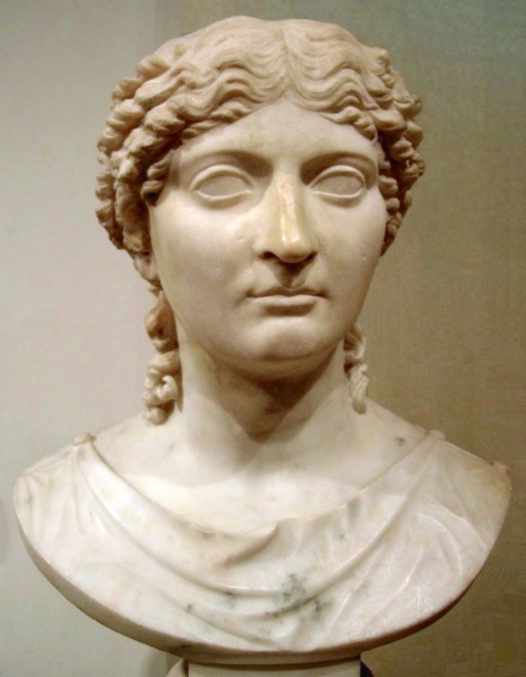
This is how she came to employ the Gaulish sorceress Locusta. According to the Roman historian Suetonius, whose writing I rely on heavily for this article, Claudius was widely believed to have been poisoned to death. Another Roman historian, Tacitus, mentions Locusta by name. He writes that Agrippina, fearing that her husband might begin to favor Britannicus again, desired a poison which would alter his consciousness as it slowly drained his life. For this challenge, only a poisoner so knowledgable as to be considered a magician could possibly satisfy. Thus, Locusta began her relationship with the household of Emperor Nero. Her concoction was given to Claudius’s food taster. By some accounts, it failed but other accounts do credit Locusta with the end of Claudius and the rise of Emperor Nero. (3)(4)
More Fascinating History Stories: Samuel “Black Sam” Bellamy: The Richest Pirate in History
The Dark Deeds of Locusta and Emperor Nero
Agrippina the younger had made a very serious miscalculation when she chose to assassinate her husband. She believed that her closeness with Nero would ensure her position. At first the two did seem to rule Rome together. Coins were minted with both of their faces on them, accusations even flew that the unsettling closeness of Nero and his mother was due to an incestuous relationship. This accusation is nothing new with regards to Agrippina’s history as she was also accused of incest with her brother Caligula during his reign as emperor. (5)
In any case, Nero soon became impossible for Agrippina to manipulate. As their relationship worsened, Agrippina was exiled before eventually being called back to Rome by Nero. Five years after placing Nero on the throne, Agrippina was assassinated by her own son in a complicated plot which involved a booby-trapped boat and a squad of executioners. (6)
Around this time, Agrippina had begun to favor Britannicus, the son of the late Emperor Claudius. This was a dangerous prospect for Nero. Claudius’s biological son posed a legitimate threat to his position as emperor. Enter, once again, Locusta. Suetonius writes that Nero called upon Locusta’s talents to dispatch his stepbrother. When her poisons worked too slowly, he flogged her. In the end, though, Locusta administered a poison which pleased Nero and slew Britannicus. It is said that, because Britannicus used a taster, the poison was not added to his wine but to the water which he used to cool his heated cup of wine after it was tasted and poured. (7)
He attempted the life of Britannicus by poison, not less from jealousy of his voice (for it was more agreeable than his own) than from fear that he might sometime win a higher place than himself in the people’s regard because of the memory of his father. He procured the potion from an archpoisoner, one Locusta, and when the effect was slower than he anticipated, merely physicing Britannicus, he called the woman to him and flogged her with his own hand, charging that she had administered a medicine instead of a poison; and when she said in excuse that she had given a smaller dose to shield him from the odium of the crime, he replied: “It’s likely that I am afraid of the Julian law;” and he forced her to mix as swift and instant a potion as she knew how in his own room before his very eyes. Then he tried it on a kid, and as the animal lingered for five hours, had the mixture steeped again and again and threw some of it before a pig. The beast instantly fell dead, whereupon he ordered that the poison be taken to the dining-room and given to Britannicus. The boy dropped dead at the very first taste, but Nero lied to his guests and declared that he was seized with the falling sickness, to which he was subject, and the next day had him hastily and unceremoniously buried in a pouring rain. He rewarded Locusta for her eminent services with a full pardonand large estates in the country, and actually sent her pupils.
The Lives of the Twelve Caesars
by Suetonius Tranquillus (8)
More Historical Mysteries: Louis XVII: The Lost Dauphin
The Royal Poisoner
As the above quote from Suetonius demonstrates, Nero was apparently so pleased with Locusta’s mastery of murderous substances that he fully pardoned her for her previous crimes and installed her as his court poisoner. It is even state that he sent students to her so that a new generation might benefit from her knowledge and become skilled assassins. Unfortunately for Locusta, this position would not last all that long.
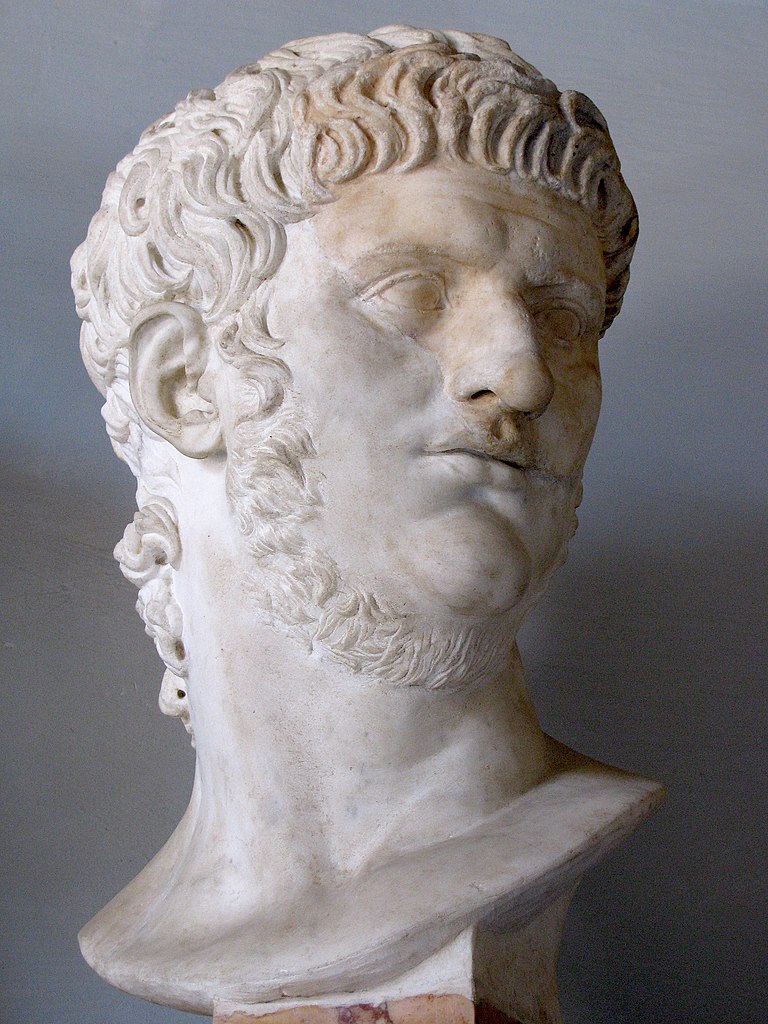
In the year 68 A.D., just thirteen years after the death of Britannicus, Emperor Nero’s reign came to an end. With nowhere to turn, Nero comitted suicide and ended a life which is now broadly remembered for the destruction it left in its wake. Locusta, for her part, was condemned to die by Nero’s successor. Lurid rumors suggest that her death may have been publicly humiliating and brutal. The more exotic versions of these rumors are baseless. Sources indicate that, at the very least, Locusta was led through the city in chains before her execution. (9)
Was Locusta the First Serial Killer?
When it comes to the fascinating crimes of Locusta, very little is actually known for sure. It is almost certainly true that she was employed by Agrippina at the time of Claudius’s death, though Agrippina’s role in this death, and therefore Locusta’s role, cannot be conclusively proven. It is also definitely the case that following the death of Britannicus, Locusta enjoyed the favor of the emperor. In many ways, the history of Locusta is obscured by the looming shadow of Nero himself. Nero is one of those historical villains whom everyone loves to hate. Evidence shows that he was vain, preferring to present himself as an artist rather than a dutiful ruler, that he was willing to kill even his won family, and that he was extremely brutal in his treatment of Christians. Beyond these points lie some further truths intermixed with many fabrications and embellishments. Was Locusta a serial killer? That really depends upon how you tackle the Nero problem.
I want to note that serial killers are usually defined by the killing of three or more people over a long period of time with stretches of inactivity between killings. (10) By this measure Locusta already fails to conclusively qualify. Britannicus and Claudius are the only two victims who are named by contemporary sources. I also want to point out that if Locusta’s actions constitute those of a serial killer, then this title must likely be applied to many of Nero’s soldiers. Locusta committed her misdeeds in service to her emperor, as did all those who served Nero and all those who have served unjust masters throughout history. So, was Locusta a serial killer? Maybe. Was she the first serial killer? Almost certainly not.
More Mysterious History to Check Out: Who is Joanna the Mad? The Fascinating Life of Spain’s Forgotten Queen
